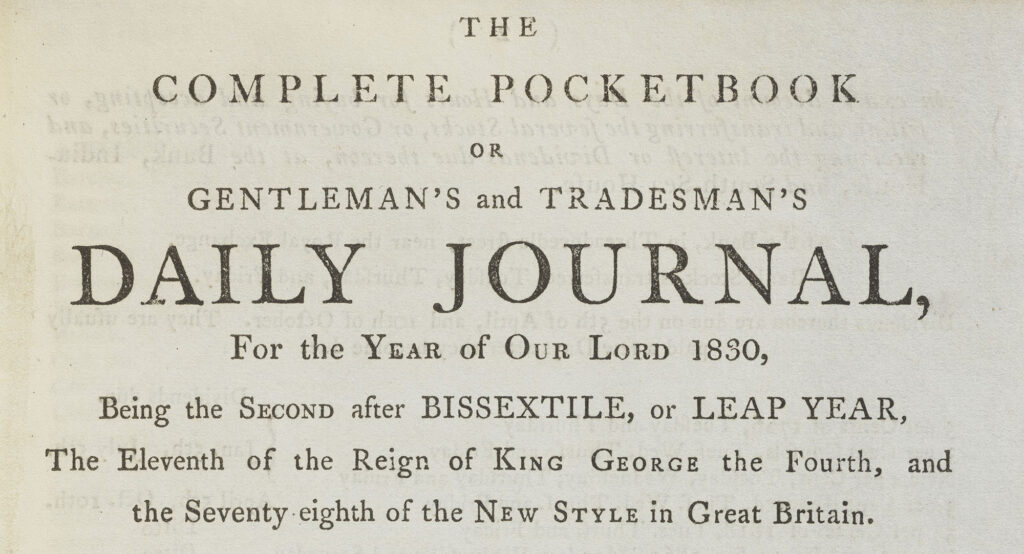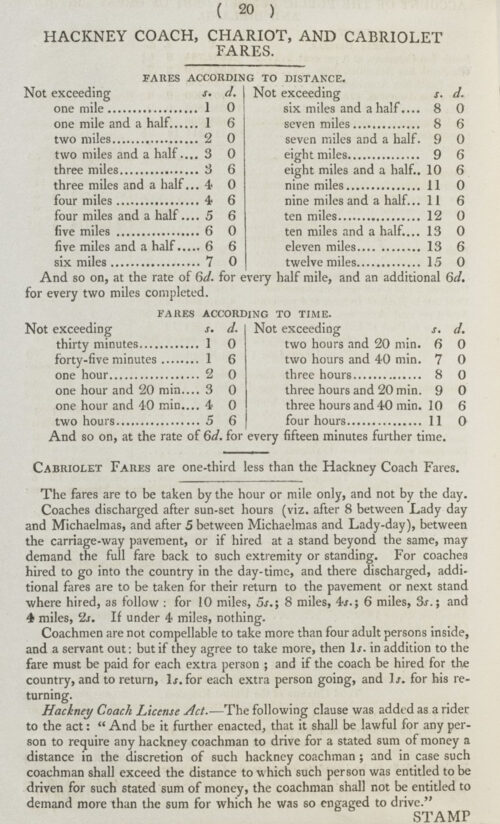
Last month I started working at the Cultural Heritage and Digitisation Service (CHDS) as a Digitisation Operator. Before joining the team, I was working on a large digitisation project at the National Collection of Aerial Photography (NCAP) where some of my colleagues were of the robotic variety, known as ‘Cobots’. Coincidentally, some of the team at the CHDS had met the Cobots as part of the Association for Historical and Fine Art Photography (AHFAP) conference last year.
Since starting my new position I’ve been doing a lot of learning and getting to grips with the equipment and processes at the CHDS. It has been fascinating to learn about some of the collections held within the University and previous projects that the team has been involved with. In my role I will be working mainly with the Bookeye scanner to scan archival material either for larger projects or individual orders. So far, I have been working on digitising MSc theses which can be found on the Edinburgh Research Archive. I will also be involved in creating social media content so keep an eye out for future blogs about interesting objects and stories we come across in the collections!
It has also been interesting being in the studio and seeing what the photographers are up to and the variety of objects they get to work with. I have been assisting with their work on the notebooks of Sir Charles Lyell, by quality checking and processing the images they produce. You can find out more about the Sir Charles Lyell collection and the project to digitise it here.
When processing these images, I came across a pocketbook or “Gentleman’s and Tradesman’s Daily Journal for the year of our Lord 1830”. Pocketbooks were designed to be portable and would have been used for some of the things we rely on smartphones for today such as keeping track of appointments and expenses. This pocketbook also contains information thought to be useful to the 19th century gentleman or tradesman such as notable events from the previous year, a list of the members of the House of Commons and the hackney coach, chariot and cabriolet fares for that year.
In this book Sir Charles records some of his weekly expenditures, appointments, notes and other observations such as the weather, helping to provide a valuable picture of how he spent his time. While much has changed in the 200 years since this pocketbook was being used, I enjoyed seeing that some things remain recognisable with an entry for the 8th of May 1830 reading: “House all day. Cold rain and wind“.
I have really enjoyed my first month with the CHDS team and am looking forward to working with more of the University’s collections over the next year!
Miranda Strachan, Digitisation Operator
References:
Stephen Colclough. “Pocket Books and Portable Writing: The Pocket Memorandum Book in Eighteenth-Century England and Wales.” The Yearbook of English Studies, vol. 45, 2015, pp. 159–77. JSTOR, https://doi.org/10.5699/yearenglstud.45.2015.0159.

Be First to Comment